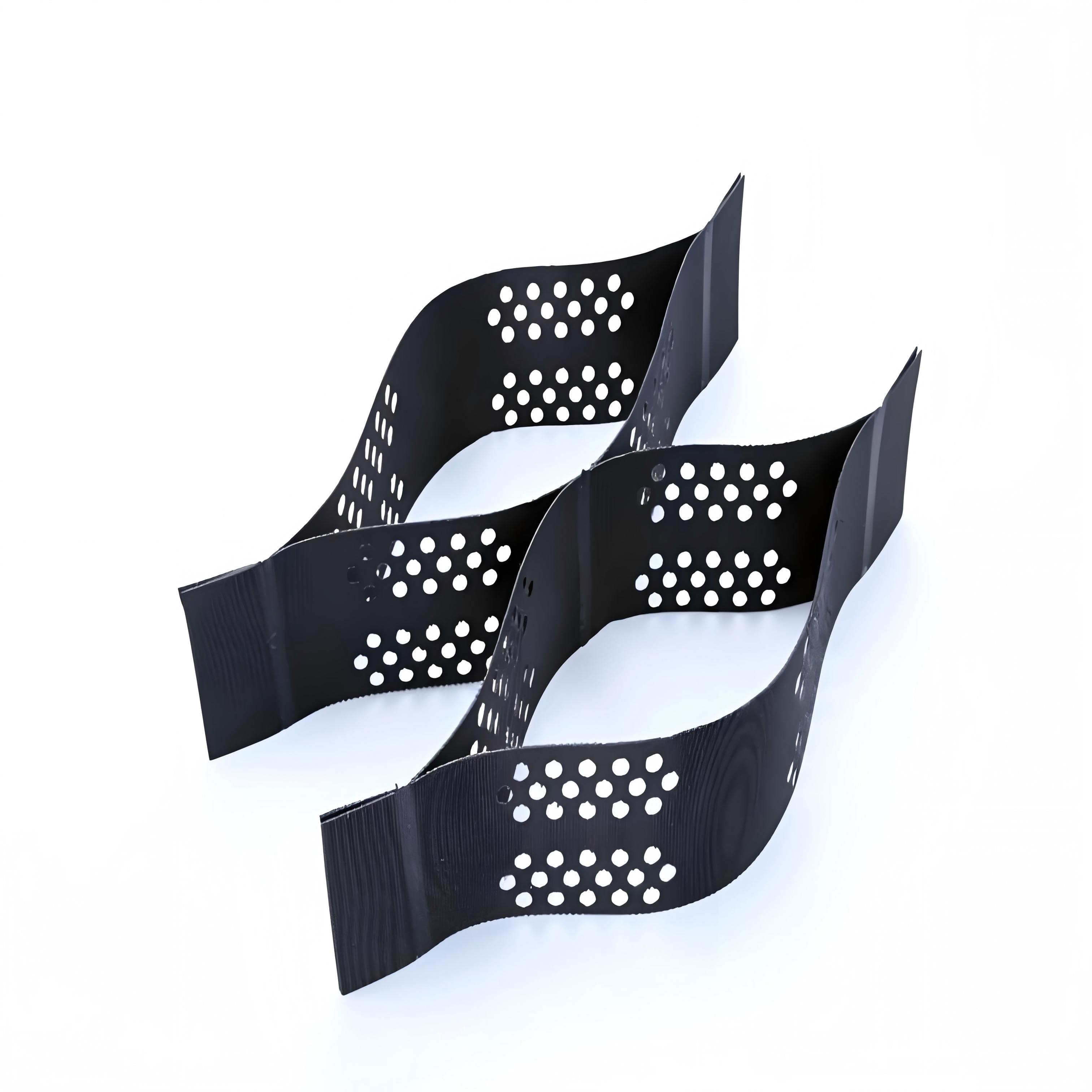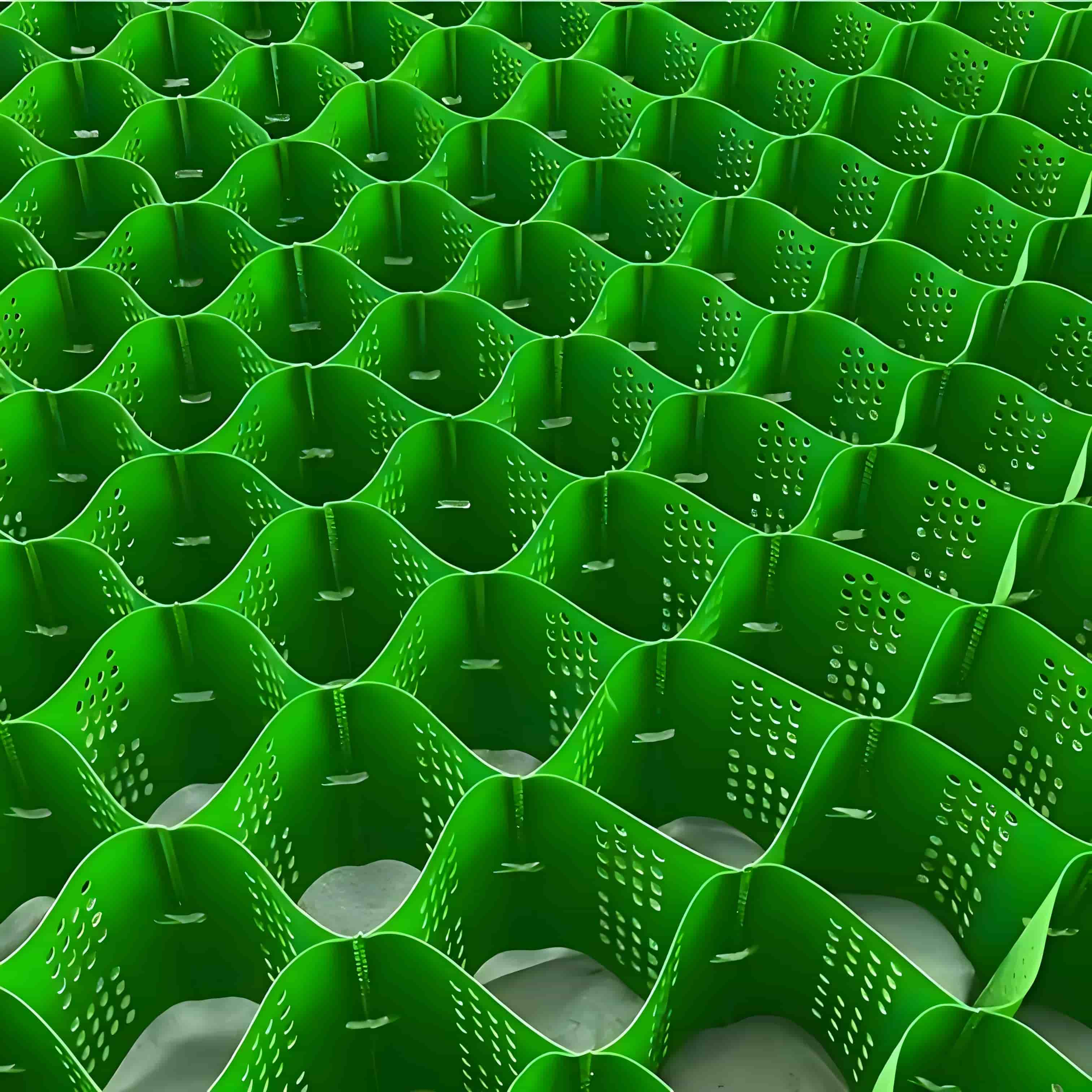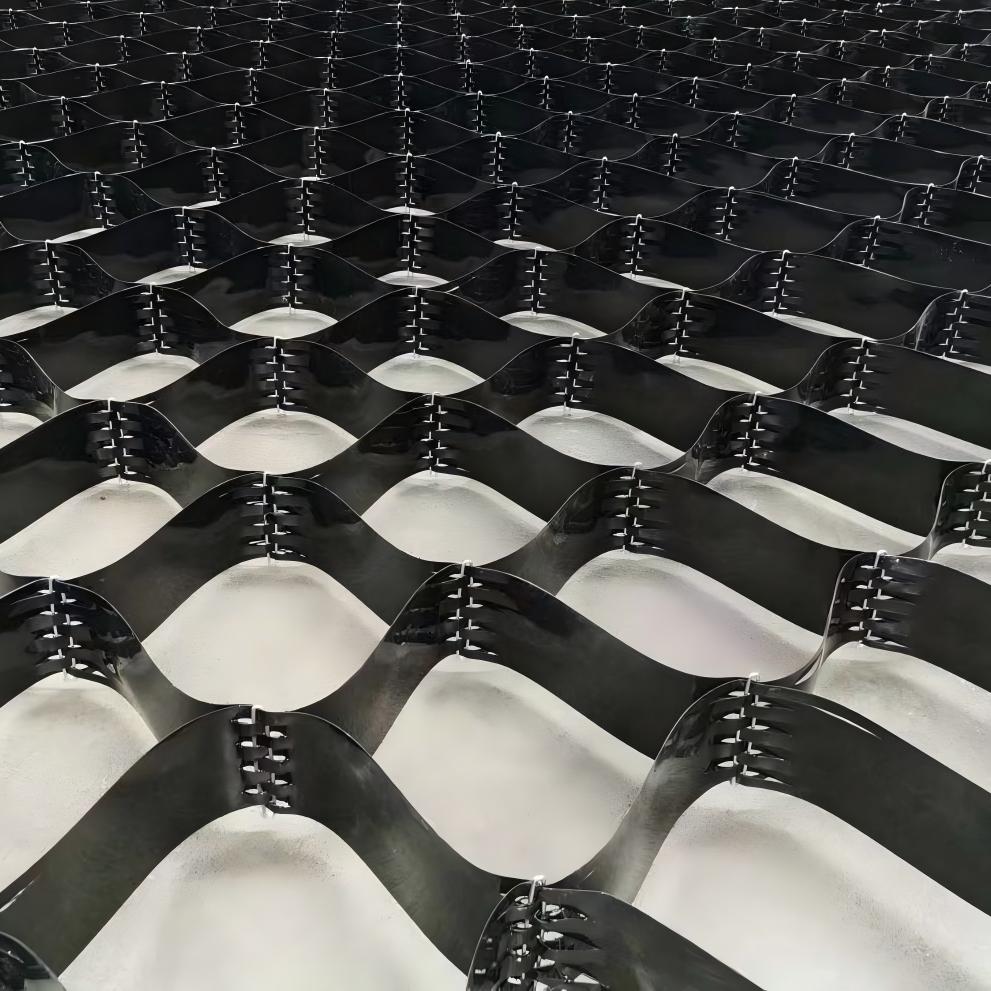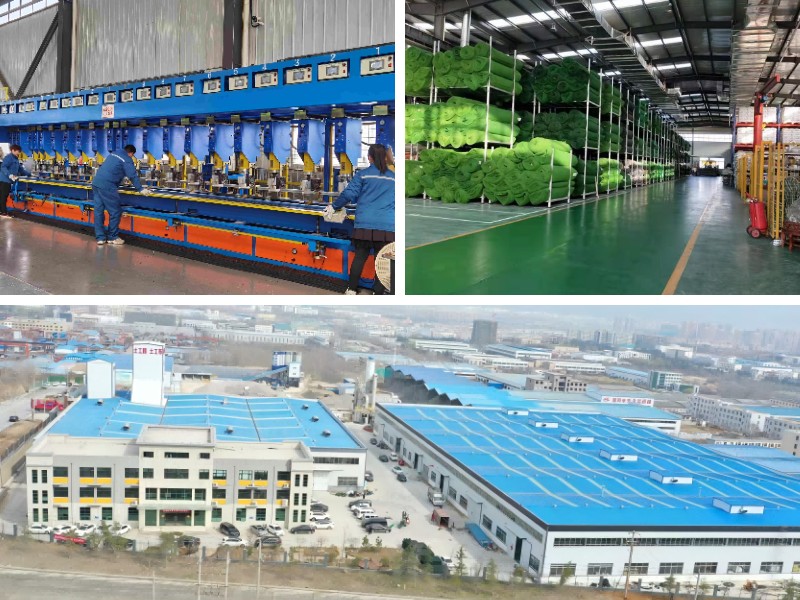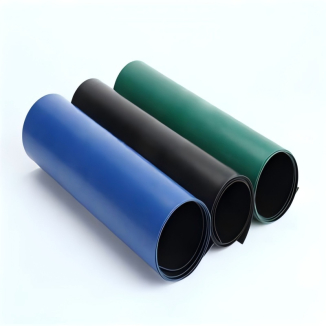Geocell for Small-scale Projects
1. High strength: Excellent tensile and compressive properties, capable of effectively dispersing loads.
2. Flexible structure: Adapts to foundation deformation and reduces uneven settlement.
3. Convenient construction: modular design, foldable transportation, and quick on-site assembly.
4. Environmental Economy: Reduce the use of traditional building materials (such as concrete) and lower engineering costs.
5. Permeability: The honeycomb structure allows water flow to pass through and prevents damage from accumulated water.
Product Introduction:
Geocell for Small-scale Projects is a structure formed by using high-strength polyethylene (HDPE) or polypropylene (PP) sheets, and ultrasonic welding, needle welding, or riveting processes to create a honeycomb shaped three-dimensional mesh. The core principle is the three-dimensional confinement effect - through the lateral constraint of the cell wall, the reaction force of adjacent cells, and the frictional force between the filler and the cell wall, lateral resistance is formed to suppress the lateral movement of the soil under load, thereby significantly improving the bearing capacity of the foundation.
characteristic
1. Three dimensional reinforcement
Compared with geogrids (two-dimensional structures), geogrids provide upward support in the vertical plane layer, forming a three-dimensional reinforcement system with stronger resistance to erosion.
2. Flexibility and adaptability
The material is PE plastic, which is flexible and strong, and can adapt to different terrains (such as deserts, beaches, riverbeds) and geological conditions (such as frozen soil, collapsible loess).
The grid size can be adjusted to produce different welding distance sizes according to changes in slope, meeting personalized engineering needs.
3. Drainage and Vegetation Soil Consolidation
Part of the grid cells are equipped with drainage holes, which can quickly drain excess water, maintain soil moisture, and promote plant root growth.
The vegetation in the grid is interwoven and entangled with root systems, forming a strong anchoring force that effectively resists water erosion.
4. Flexible connection method
Buckles, zip ties, iron wires, or U-shaped steel bars can be used to connect between grid units, making the connection convenient and efficient, and improving construction efficiency.
Product Parameters:
order number | raw and processed material | |||||||
test item | unit | polytene | sulan | polyester | ||||
Extruded type | Stretch type | Extruded type | Stretch type | Extruded type | Stretch type | |||
1 | tensile strength | kN/m | ≥20 | ≥100 | ≥23 | ≥100 | ≥30 | ≥120 |
2 | Tensile yield strain | % | ≤15 | — | ≤15 | — | ≤15 | - |
3 | Tensile fracture strain | % | — | 8~ 20 | — | 6~ 15 | — | 8~ 20 |
4 | Carbon black content a | % | 2. 0~ 3. 0 | |||||
5 | Carbon black dispersion a | — | There should be no more than one level 3 data item in ten data items and no level 4 or 5 data items | |||||
6 | 200℃ oxidation induction time | min | ≥20 | ≥20 | — | |||
7 | Tensile load stress cracking | h | ≥300 | — | ||||
8 | B. Resistance to artificial climate aging retention rateb | % | ≥80 | |||||
9 | Chemical resistance performance retention rate c | % | — | ≥80 | ||||
Product Applications:
1. Road engineering
Used for roadbed reinforcement, reducing roadbed settlement and uneven deformation, especially suitable for soft soil foundation sections.
Laying it in the base layer of the road surface to improve its crack resistance and durability, and extend the service life of the road.
Used for slope stability, the soil mass of the slope is constrained by a grid structure to prevent slope landslides and collapses. At the same time, it can be combined with vegetation planting to achieve ecological protection.
In the repair of steep slopes or rock slopes, it can fix the surface soil and provide a stable environment for vegetation growth.
3. Water conservancy engineering
Used for bank slope protection of rivers and channels, reducing the erosion of embankments by water flow and protecting the bank slope structure.
In the anti-seepage reinforcement of reservoirs and dams, it can be used as an auxiliary material to enhance the stability of the dam body.
4. Airport engineering
Used for foundation treatment of airport runways and aprons, improving the bearing capacity of the foundation and meeting the high-strength load requirements for aircraft takeoff and landing.
5. Mining engineering
In the slope treatment and reinforcement of tailings dams after mining, it can effectively prevent accidents such as slope instability and tailings dam collapse.
6. Municipal engineering
Used for foundation treatment of parking lots, squares, and other venues to reduce ground settlement and improve the safety of site use.
In green belts and landscape engineering, it can be used for soil fixation and vegetation cultivation.
7. Railway Engineering
Similar to road engineering, it is used for reinforcing and stabilizing railway embankments, ensuring the safety and comfort of train travel.
Geogrids have become an indispensable synthetic material in modern civil engineering due to their unique three-dimensional structure, excellent engineering performance, and wide range of application scenarios. From road reinforcement to ecological restoration, from desert control to water conservancy protection, the characteristic of "small grid, big role" is continuously promoting the innovation and development of engineering technology.


